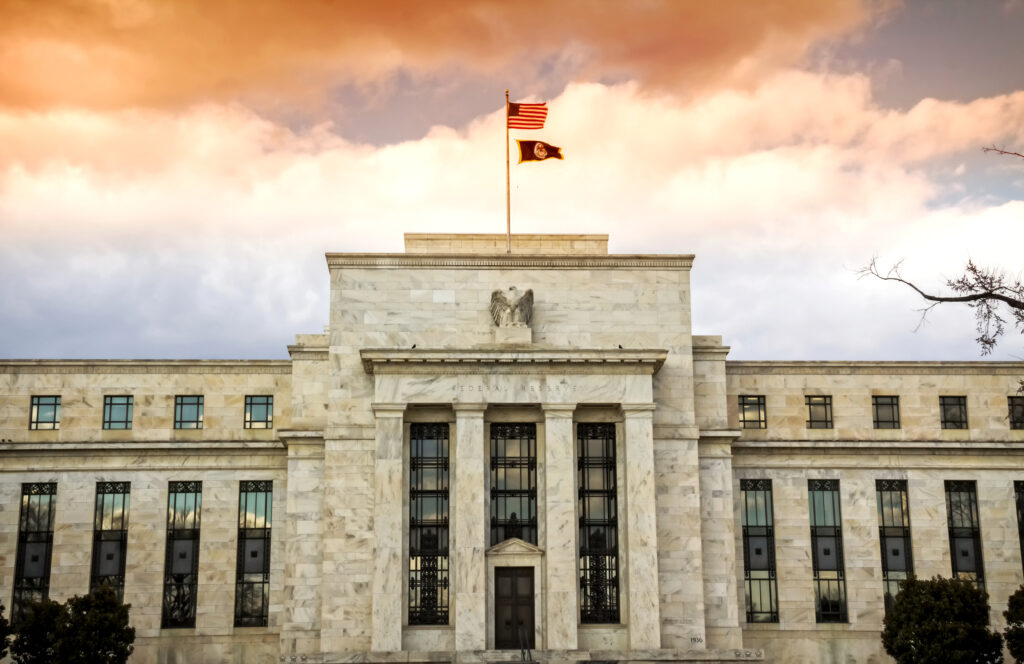Earlier this week, Darius joined Anthony Pompliano to discuss Manufacturing, the U.S. Consumer, Bitcoin, and more.
Miss the discussion? No problem. Here are the three most important insights that can help your portfolio:
1) Healthy Balance Sheets And A Robust Labor Market Are Contributing to a Resilient U.S. Consumer
Since August of 2022, we have consistently maintained the view that the U.S. economy would remain robust, despite recession fears.
June’s retail sales reported a 4.6% increase on a three-month annualized basis and the highest print we have seen in four months – further proof of the resilience of the consumer we have consistently called for.
Additionally, a significant driver of the increase in retail sales, auto sales, accelerated by a striking 23% on a three-month annualized basis.
Two key contributors to this consumer resilience have been healthy consumer balance sheets and a strong labor market.
2) Leading Manufacturing Indicators Point to Near-Term Bottom in the Inventory Cycle
The ISM Manufacturing PMI, the most widely used leading indicator for the broader US manufacturing cycle, recently dropped to 46.0 in June – a new cycle low.
However, the spread between the ISM Manufacturing New Orders PMI and ISM Manufacturing Inventories, which is a leading indicator of the headline index, suggests a bounce in the ISM Manufacturing PMI in the coming months.
A recovery in the inventory cycle would add additional support to the soft landing narrative and incrementally contribute to the epic short squeeze in US equities that we have and continue to call for.
3) S&P 500 and Bitcoin Correlations:
As part of our 42 Macro research, we conduct a multi-factor correlation study, tracking the S&P 500 and Bitcoin in relation to various macro factors.
Recently, the primary driver of the S&P’s performance has been cyclical growth expectations.
Bitcoin, however, is being driven by structural growth expectations, but inversely, and is rallying on potential recession prospects, which would pressure the Fed and other central banks to provide the market with ample liquidity.
Although most investors bundle risk assets into one broader bucket, the reality is that there is often a divergence between what drives different asset markets.
We believe the Fed will begin providing liquidity to the market by the spring of next year, creating a positive environment for risk assets into and through the end of 2024.
That’s a wrap!
If you found this thread helpful, go to www.42macro.com/macro-bundle to unlock actionable, hedge-fund caliber investment insights and have a great day!


